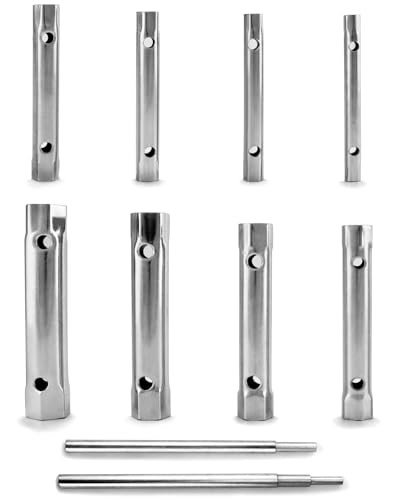A while back, I decided to install a Level 2 Charger. I drive 44 miles each day and needed a quicker charge at night. I chose the Clipper Creek LCS-20 and haven't had any issues so far.
I tapped into an electric dryer outlet.
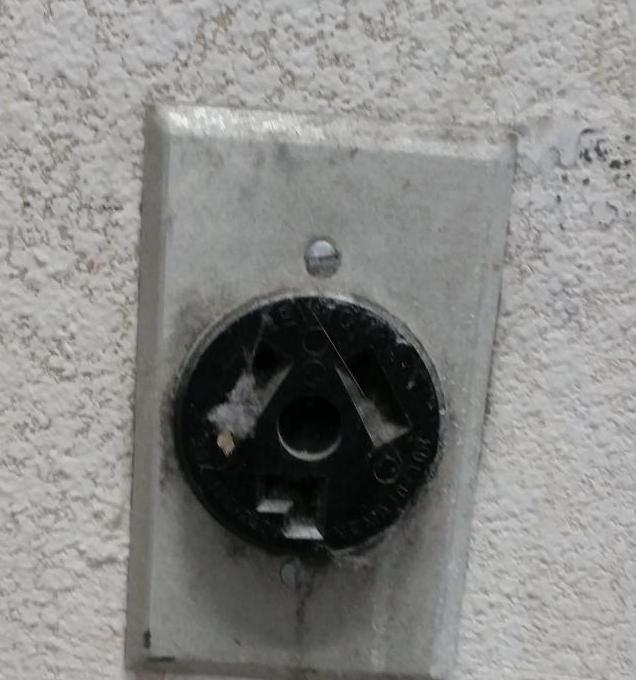
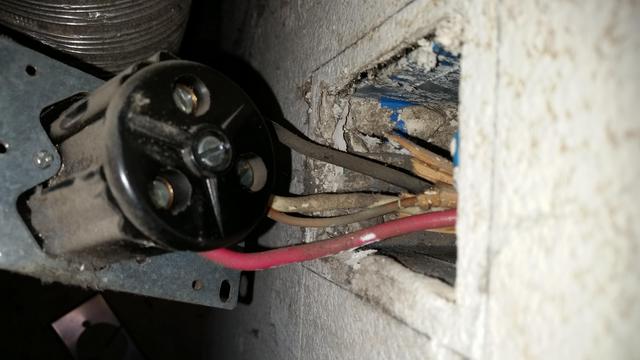

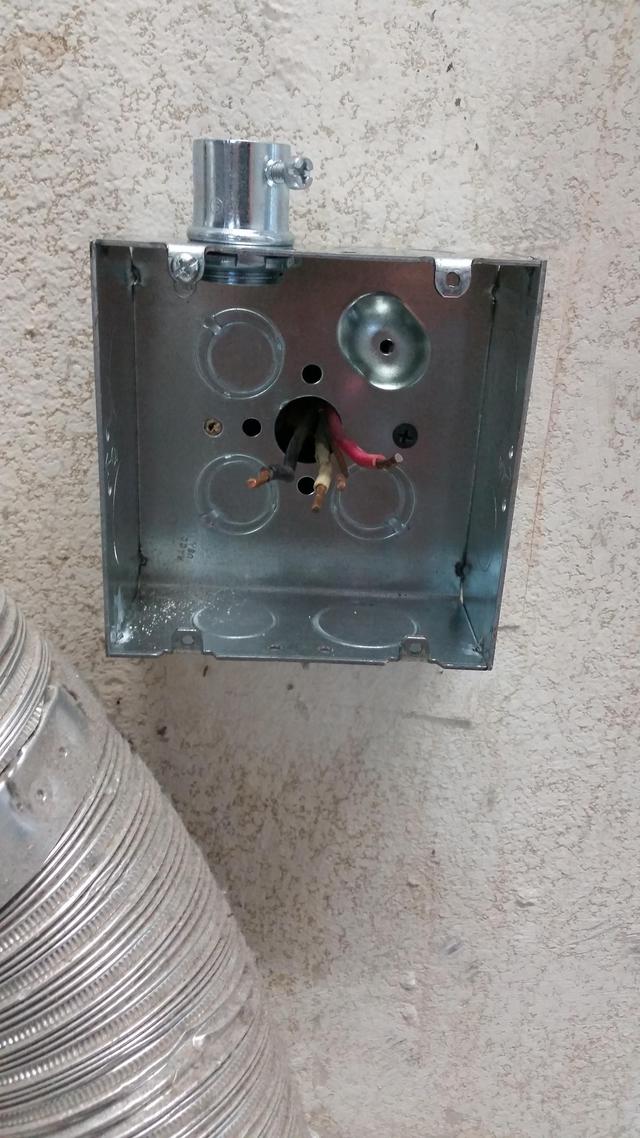
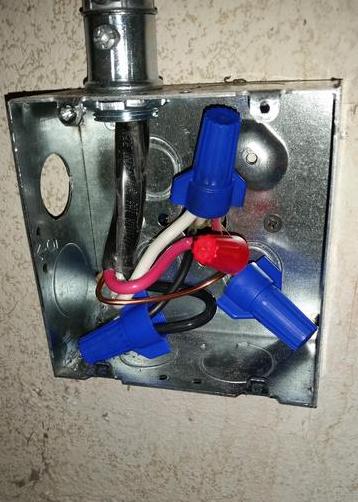
I then ran the conduit and the wire, which was the hardest part. I installed all of the pipe and fittings and the box, outlet, and cover.
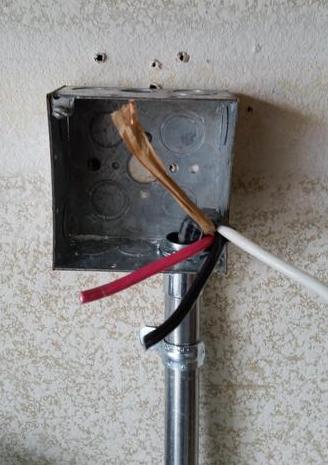
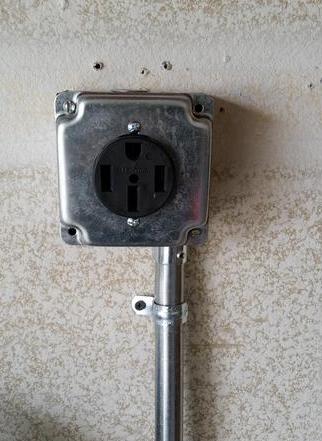
I installed a NEMA 14-50 plug to the end of the charger to make it portable if need be. I used one like this.
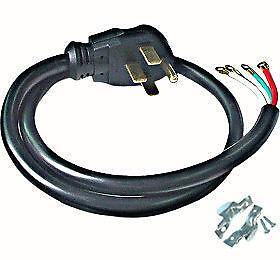
Finished
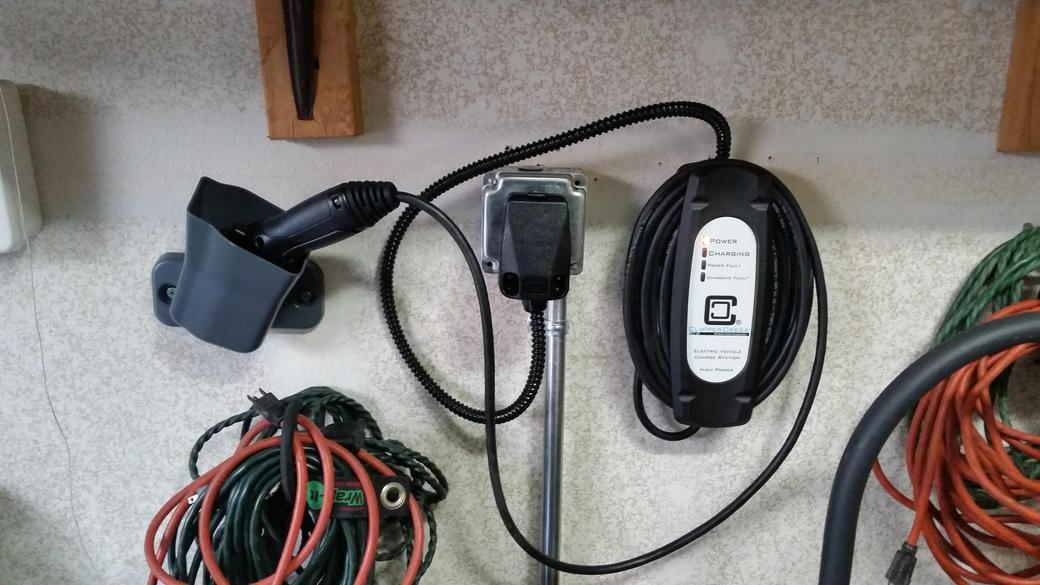
It was a pretty straight forward project. So far, it has worked without any issues.
I tapped into an electric dryer outlet.





I then ran the conduit and the wire, which was the hardest part. I installed all of the pipe and fittings and the box, outlet, and cover.


I installed a NEMA 14-50 plug to the end of the charger to make it portable if need be. I used one like this.

Finished

It was a pretty straight forward project. So far, it has worked without any issues.









![4 Ports Fast Car Charger,[Upgrade Voltmeter Display] PD+QC3.0 Car Charger Adapter for 12-24V Cigarette Lighter Plug,Car Phone Charger Compatible with iPhone/Android/Samsung/iPad(QC3.0+PD+2.4A+2.4A)](https://m.media-amazon.com/images/I/41fxaOeWS4L._SL500_.jpg)













